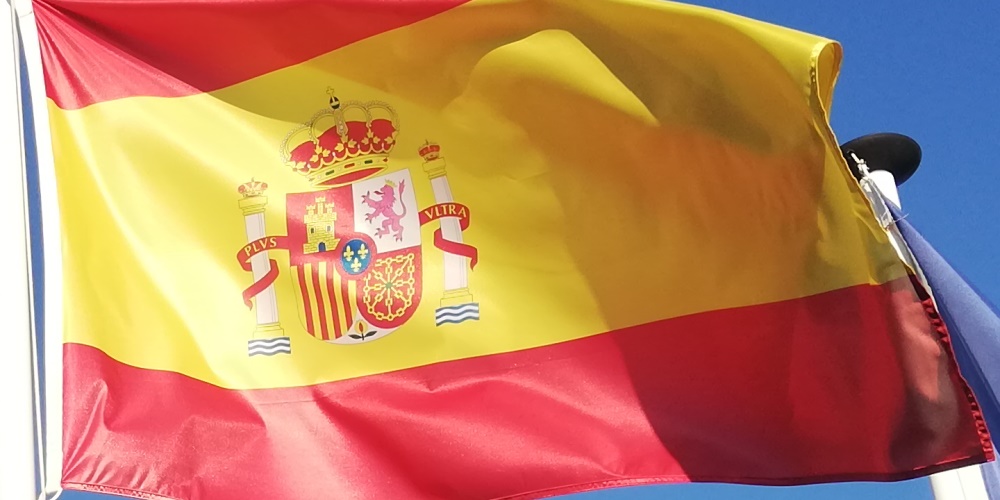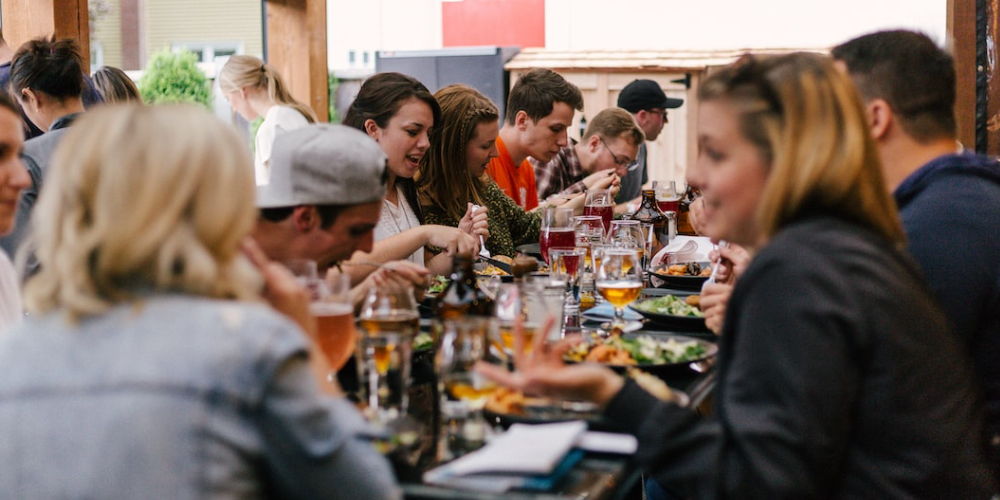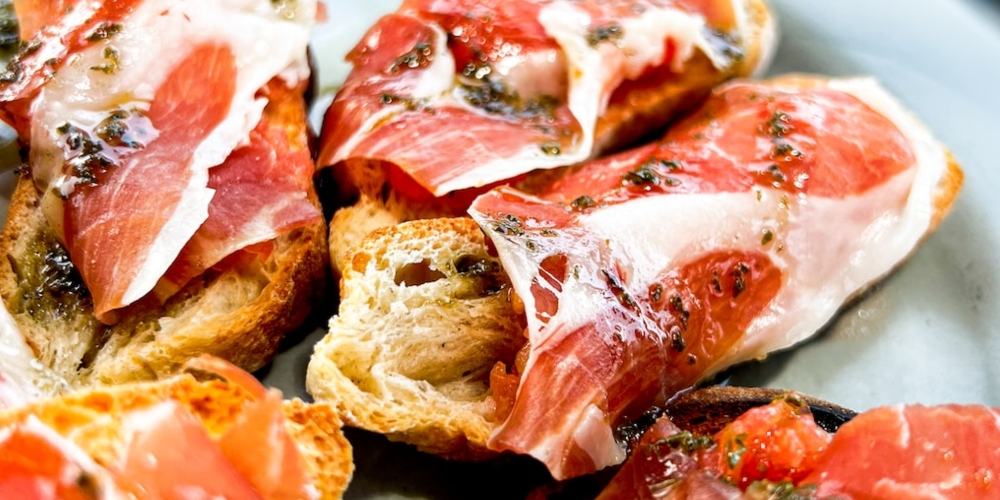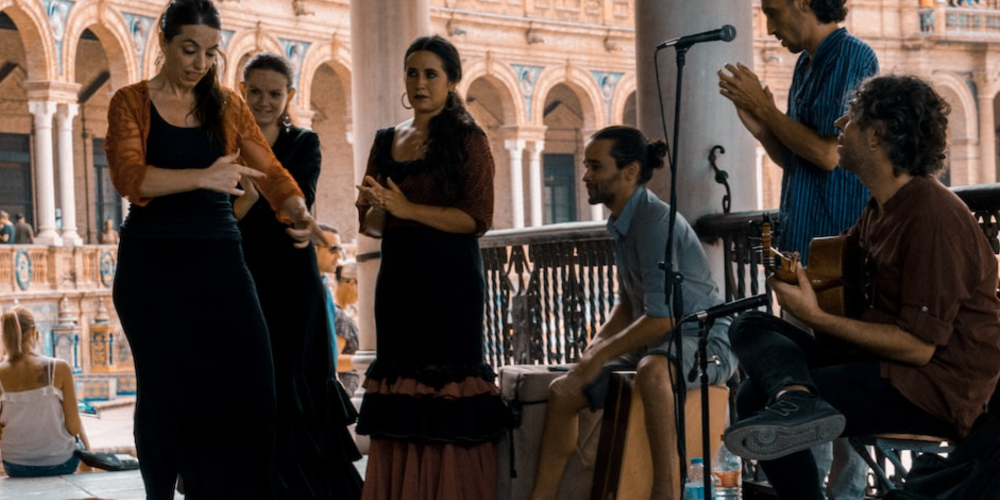
When a foreigner visits Spain, there are dozens of cultural aspects that can shock them and that, nevertheless, for a Spaniard are part of normal life. In some cases they are day-to-day customs, whilst in others, details of typical fiestas in Spain. It is a beautiful clash of cultures that doesn’t generate negative sensations, quite the contrary: they will probably be left wanting to know more.
Spanish customs that most foreigners don’t understand
Meal Times

Something that is very different to many other European countries are the times that the Spanish have their main meals. For instance, in Portugal they eat around 1.00pm and have dinner around 8.00pm while in France they eat between 12.00pm and 2.00pm and have dinner from 7.30pm. However, in Spain it is common to eat lunch at 3.00pm and have dinner after 10.00pm, something that in most countries is seen as extremely late. To give you an idea: in the United Kingdom some families have dinner at 6.00pm, which is four hours earlier! However, we should note that Spain does not lie in the time zone that it used to. Until 1940, it worked on GMT, the same as the UK, until Franco changed it to CET to be more in line with Nazi Germany and its occupied lands. Recently, there has been debate about moving Spain back to GMT.
An Anthem with No Words
Another thing that usually surprises people from other countries is that the Spanish national anthem does not have words. There are only three others in the world that are the same: Kosovo, Bosnia Herzegovina and San Marino. The Spanish national anthem has its origins in the ‘La Marcha Granadera‘ that accompanied military parades and events attended by the royal family in the 18th century. Although there have been several attempts to put words to it, the lack of agreement has meant that the national anthem remains the same as it was three centuries ago.
Uncooked Food and Other Culinary Surprises

Another aspect of Spanish culture that usually surprises foreigners is the large amount of uncooked food that is usually eaten. The star product is the jamón, which some often see as raw meat. Other Spanish foods that divide opinion between the Spaniard and the foreigner are tripe, pig’s ear, goose barnacles, calçots (a cross between a spring onion and a leek), migas (pan-fried bread crumbs), baby eels, gazpacho and salmorejo (cold tomato soup).
Persianas (Blinds)
Although it may seem unbelievable to the Spaniard, blinds outside of Spain are very unusual, so it attracts a lot of attention to foreigners when they see them on Spanish houses and hotels. The large number of hours of sunshine that Spain enjoys influences the fact that Spaniards don’t want the sun’s rays to enter through the window first thing in the morning. Another possible explanation is that Spaniards are very jealous of their privacy, something that they have probably inherited from Arab culture. In any case, foreigners are surprised in the same way that a Spaniard will feel uncomfortable in the United Kingdom without a persiana covering their windows.
Siesta
The siesta is a very Spanish custom, whether it be several hours in bed or a nap on the sofa, partly because meals in Spain tend to be more copious than in other countries. It seems that the siesta had its origin in the Roman Empire, when the Romans rested at the sixth hour of the day, hence its name. Perhaps other countries have begun to adopt it, but it is still very much Spanish and, furthermore, it continues to generate frowns on those who discover it for the first time.
Going for Tapas

One of the main ways to socialize in Spain is to go out for tapas and it can be done practically any day of the year. In fact, it is a way to enjoy two of the things that the Spanish like the most: gastronomy and spending time with friends and family. Tapas also include ‘pintxos‘, so typical of places like the Basque Country, Navarra and La Rioja.
It is believed that its origin lies with one of the visits of King Alfonso XIII to Cádiz, when he ordered a glass of Jerez sherry and the waiter placed a slice of ham as a lid for the glass so that no sand entered, since that day it was very windy. The story goes that the king liked the idea so much that he asked for the following drinks that way.
Calimocho
Although the Spanish are used to this drink, the truth is that ‘calimocho’ is a Spanish invention that never ceases to surprise foreign visitors. It became popular in the Puerto Viejo de Algorta in Getxo, just outside Bilbao, during the Festivities of San Nicolás in 1972. It seems that the red wine at those festivities was so sharp that ‘festeros’ decided to mix it with Cola Cola, a mixture which the young people liked so much that it has continued to be enjoyed to this day and not just in Getxo.
Eating with Bread
Although bread is not unique and exclusive to Spain, it is true that it is one of the countries in the world with the longest tradition of baking. In fact, there are dozens of types of bread depending on the region and most Spaniards accompany their meals with bread. As for the best breads, Galicia is usually famous, although those from Andalusia, Extremadura, Aragon and Navarra, among other regions, also deserve a mention.
Flamenco

Something very typical Spanish and that is frequently related to Spain’s culture is flamenco. It is a unique musical genre in the world, although the Spanish have exported it to many countries, such as Japan, where it was introduced in the 1920s. Without a doubt, flamenco dancing or ‘cante jondo‘ are aspects of Spanish culture that surprise foreigners. Perhaps not because they understand it as strange: rather because they marvel at it. Above all, seeing how it can become a show from one moment to the next in any corner of the country.
Greeting with Two Kisses
Finally, it is common for a foreigner visiting Spain not to know how to greet a Spaniard, unless they are from Greece or Italy, where they also greet each other with two kisses. Of course, it must be taken into account that in Italy kisses are given from left to right, the opposite of Spain. On the other hand, in Latin America it is common to greet each other with a kiss, in the Netherlands with three, and in Denmark they even hug each other to greet each other.
In short, there are many Spanish customs that are only understood in Spain and that may attract attention in the rest of the world, but if they were taken from the Spaniards, they would be missing a piece of their identity.
Adapted from an original article
‘10 cosas “normales” en España que en el extranjero no lo son‘
by Juan Floriano

